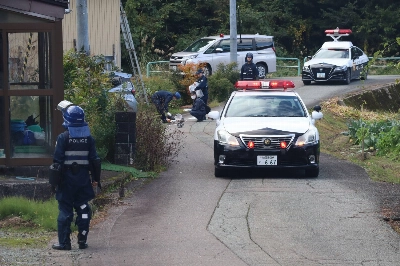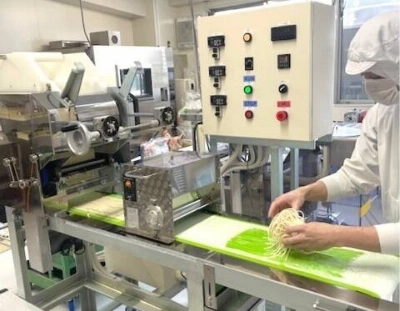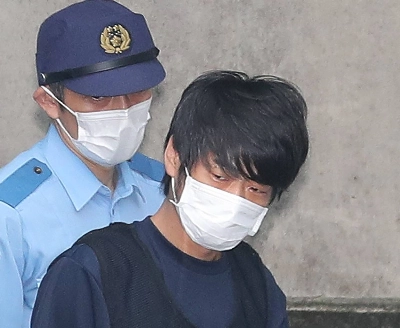Staff writer
Now that the 520 billion yen supplementary budget for job-creation measures is expected to clear the Diet today, the focus has shifted to what's next.
Despite surprising economic growth in the January-March quarter and other recent positive signs, few believe Japan will regain its economic strength without more action.

















With your current subscription plan you can comment on stories. However, before writing your first comment, please create a display name in the Profile section of your subscriber account page.